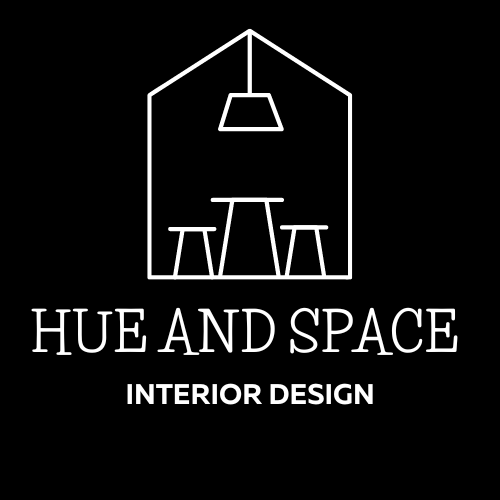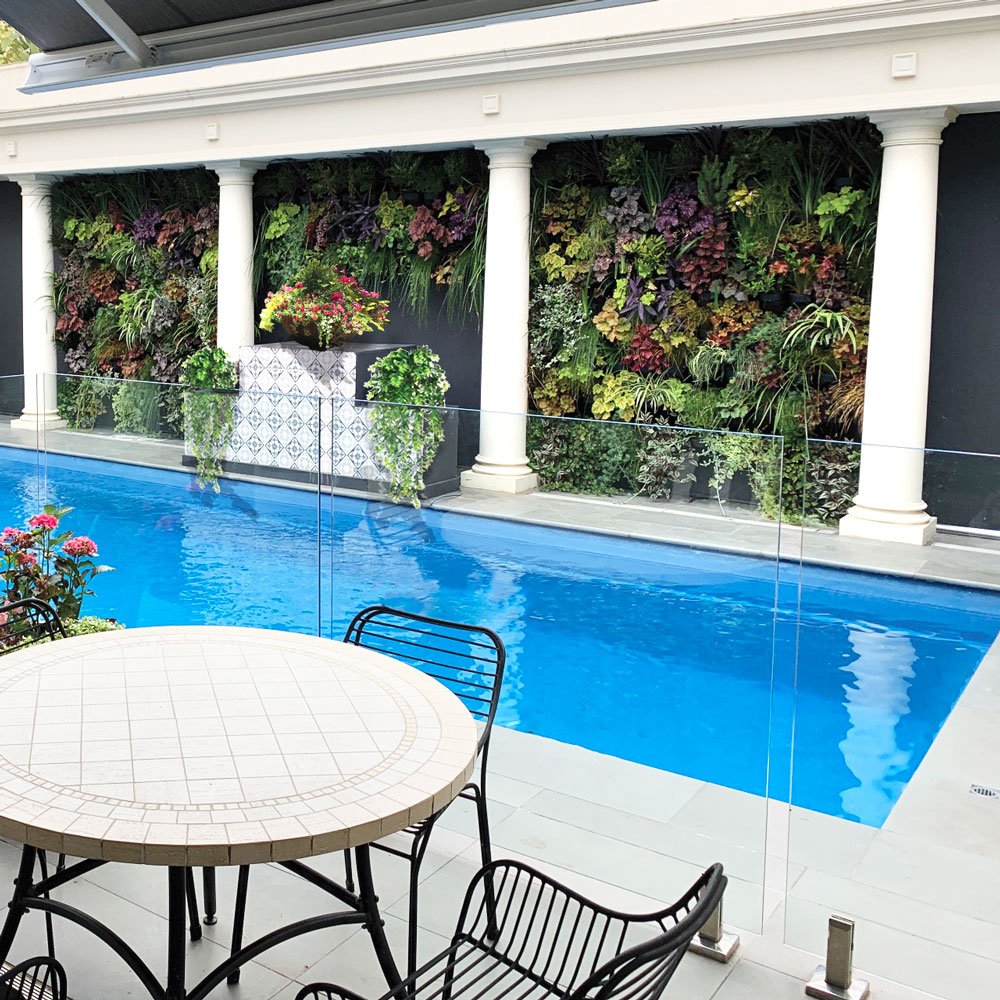10 Genius Vertical Space Hacks Interior Designers Rely on
Small spaces can present a challenge, but this idea is worth thinking about.
In interior design, making the most of your available space is crucial, especially in smaller homes or apartments. While we often focus on floor plans, it’s easy to overlook one important opportunity: vertical space. By looking upwards, you gain enhanced functionality, add visual interest, and create a more organised home. Here are some clever ways to use vertical space effectively, with examples to inspire you.
1. Install Floor-to-Ceiling Shelving
Floor-to-ceiling shelves are a fantastic way to add storage and style. They can transform a blank wall into a library, display area, or pantry.
In a living room, a wall of built-in bookshelves provide ample storage for books and decor and also act as a statement piece. Pair the shelves with a rolling ladder for easy access and a touch of charm.
Pro Tip: Use the top shelves for items you don’t need daily, like your treasured books.
Hue and Space
2. Utilise Overhead Storage
Overhead storage can free up valuable floor space without sacrificing accessibility or style.
Example: In the kitchen, install cabinets that reach the ceiling. Use the upper cabinets for rarely used appliances and cookware. Add a cornice for a polished look.
Pro Tip: In bedrooms, try wall-mounted shelves above the bed for books, plants, or art.
Hue and Space designed outdoor patio
3. Create Vertical Gardens
Adding greenery to your home doesn’t have to take up floor space.
Example: A vertical garden with wall-mounted planters in the kitchen is perfect for growing fresh herbs. Use trellises or hanging planters in outdoor spaces to create a lush, green wall.
Pro Tip: Opt for self-watering planters or systems to make maintenance easier.
4. Hang Artwork Strategically
Walls aren’t just for paint and wallpaper—they’re prime real estate for showcasing your personality.
Example: Create a gallery wall that extends from floor to ceiling to draw the eye upwards and make ceilings feel higher. Mix and match frames and art sizes for a dynamic effect.
Pro Tip: Use picture rails or modular hanging systems to easily swap out pieces.
Hue and Space Gallery Wall
5. Use Tall Furniture
Opt for furniture that takes advantage of vertical dimensions.
Example: A tall wardrobe or armoire in the bedroom provides more storage than a low dresser, without taking up additional floor space.
Pro Tip: In offices, choose tall filing cabinets or shelving units to maximise storage.
6. Incorporate your roof space
In homes with high ceilings, lofted areas can double your usable space.
Example: Turn a loft into a cosy sleeping area or home office. In children’s rooms, lofted beds create space underneath for a play area or desk.
Pro Tip: Use railings and ladders that match your interior style for a cohesive look.
8. Leverage Corners
Corners often go underused but can provide plenty of vertical storage opportunities.
Example: Install corner shelves in the bathroom for toiletries or in the living room for small decor items.
Pro Tip: Floating corner desks or vanities are great for tight spaces.
Hue and Space designed entry hall
8. Add Wall-Mounted Furniture
Wall-mounted furniture pieces are sleek, modern, and space-efficient.
Example: A fold-down desk in a small office or a wall-mounted console table in an entryway can save floor space while remaining functional.
Pro Tip: Use wall-mounted nightstands in bedrooms to free up floor space for other furniture.
9. Hang Functional Items
Walls can hold more than just decor; they’re perfect for storing functional items, too.
Example: In the entry, hats become decor. In the garage, wall hooks can organise bikes and tools.
Pro Tip: Use magnetic strips for knives or small tools to save counter space.
10. Enhance with Vertical Lighting
Lighting can also use vertical space and add depth to a room.
Example: Install pendant lights or chandeliers to draw attention upwards. In narrow hallways, vertical sconces can elongate the space.
Pro Tip: Use dimmable options to set the mood and add functionality.
Final Thoughts
By thinking vertically, you can transform your home into a more organised, spacious, and visually interesting environment. Whether through shelves, lofts, or vertical gardens, there are endless ways to make the most of your walls and height. The key is to assess your needs, find creative solutions, and integrate them seamlessly into your design.
Start looking up—your home’s untapped potential might be just above your head!




